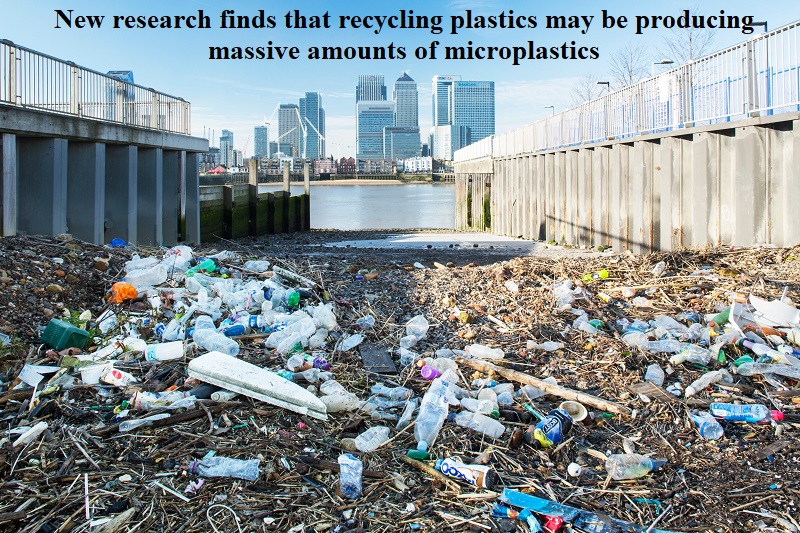
The plastic industry has long advocated recycling as a key solution to the growing problem of plastic waste. However, recent research suggests that recycling itself may be contributing to the release of large quantities of microplastics.
A team of international experts conducted a study at an advanced recycling plant in an undisclosed location in the United Kingdom. They found that microplastics discharged into the wastewater accounted for 13 percent of all the plastic processed at the plant, as reported by The Guardian.
The researchers estimated that the facility may be releasing up to 75 billion plastic particles per cubic meter of effluent. The lead researcher, Erina Brown from the University of Strathclyde in Glasgow, expressed her shock at these findings, stating, “It’s scary because recycling has been designed to reduce the problem and protect the environment. This is a huge problem we’re creating.”
The study analyzed the water before and after the installation of a water filtration system at the facility. The researchers discovered that the filter reduced microplastic concentrations from 13 percent to 6 percent of the processed plastic.
Most of the microplastic particles were smaller than 10 microns, with over 80 percent being smaller than five microns, similar in size to a human red blood cell. Microplastics, defined as plastic particles less than 5mm in size, have been found in various environments, from Antarctica to the depths of the ocean and even inside human organs, posing risks to animals and plants.
The research also revealed a significant concentration of microplastics in the air near the recycling plant, with 61 percent of the particles being smaller than 10 millimeters. Exposure to particulate matter smaller than 10 millimeters has been linked to human illnesses.
Brown described the facility as a “best case scenario” since it had implemented water filtering measures, which may not be the case for many other recycling companies. The study estimated that the recycling plant emitted up to 2,933 metric tonnes of microplastics per year before the filtration system was installed, and up to 1,366 metric tonnes thereafter.
The majority of the particles found were digestible by various organisms and have been detected in human ingestion, raising concerns about potential health implications.
Globally, only about 9 percent of the 370 million metric tonnes of plastic produced each year is recycled. Microplastics can be classified as primary or secondary. Primary microplastics include microfibers shed from clothes and fishing nets, while secondary microplastics are formed when larger plastic products degrade due to exposure to environmental factors like sunlight and ocean waves, including water bottles.
The findings of this research highlight the unintended consequences of recycling and emphasize the need for more comprehensive strategies to tackle the issue of plastic pollution, including the prevention of microplastic generation throughout the recycling process.

Post Your Comments